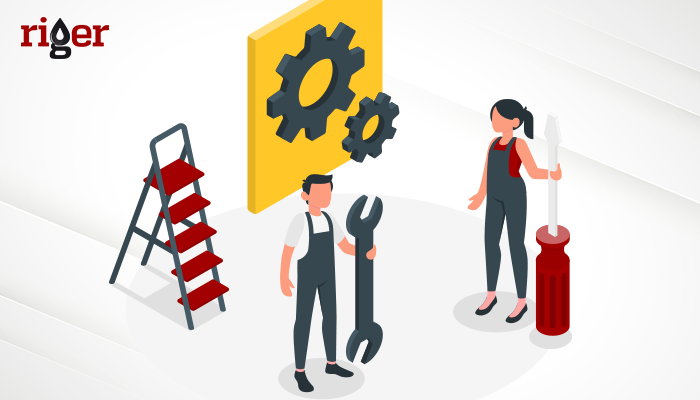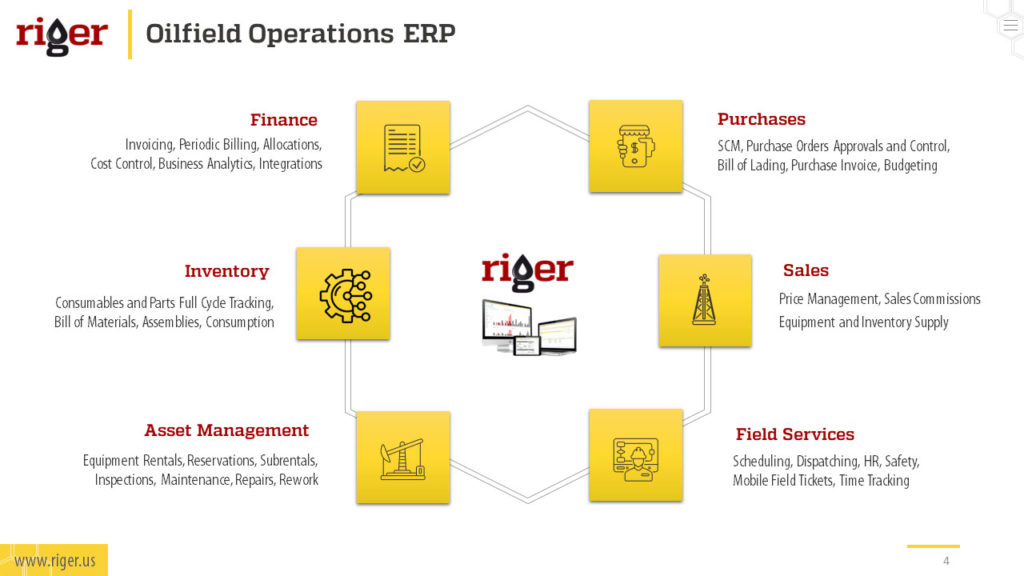Maintenance and repairs play a crucial role in ensuring the optimal performance and longevity of oilfield assets. Effective maintenance practices not only reduce downtime and repair costs but also enhance operational efficiency and safety. In this article, we will explore some of the best practices for
oilfield asset management, maintenance and repairs that can help oil and gas companies maximize the value of their investments and ensure smooth operations.
Regular Inspections and Preventive Maintenance
Regular inspections are a cornerstone of effective asset management. Implementing a comprehensive inspection program helps identify potential issues before they escalate into costly breakdowns or safety hazards. These inspections should cover all critical components, such as pipelines, valves, pumps, and other equipment.
Preventive maintenance, based on inspection findings and manufacturer recommendations, should be carried out to address identified issues proactively. This includes routine tasks like lubrication, filter changes, cleaning, and calibration. By addressing minor issues before they become major problems, companies can significantly reduce equipment failures and unplanned downtime.
Condition Monitoring and Predictive Maintenance
Condition monitoring techniques, such as vibration analysis, thermal imaging, and oil analysis, enable real-time monitoring of equipment health. By tracking indicators of potential failures, companies can detect early warning signs and take proactive maintenance actions. Predictive maintenance uses data analysis and machine learning algorithms to forecast equipment failure probabilities, allowing for optimized maintenance planning and cost savings.
Implementing a robust condition monitoring and predictive maintenance program can significantly extend the life of oilfield assets, minimize downtime, and optimize maintenance resources.
Asset Performance Benchmarking
Benchmarking asset performance against industry standards and best practices is an effective way to identify areas for improvement. By analyzing key performance indicators (KPIs), such as asset availability, utilization, reliability, and maintenance costs, companies can gain insights into their asset management performance.
Regularly tracking and comparing KPIs against benchmarks help highlight underperforming assets and areas where maintenance efforts can be optimized. This analysis allows companies to prioritize maintenance activities, allocate resources efficiently, and make data-driven decisions for enhancing asset performance.
Training and Competency Development
Well-trained and competent maintenance personnel are critical for ensuring effective asset management. Providing comprehensive training programs and opportunities for skill development equips the workforce with the necessary knowledge and expertise to handle maintenance tasks efficiently.
Training programs should cover a range of areas, including equipment-specific training, safety protocols, troubleshooting techniques, and new technologies. By investing in employee development, companies foster a culture of continuous improvement and enable maintenance teams to stay updated with the latest industry trends and best practices.

